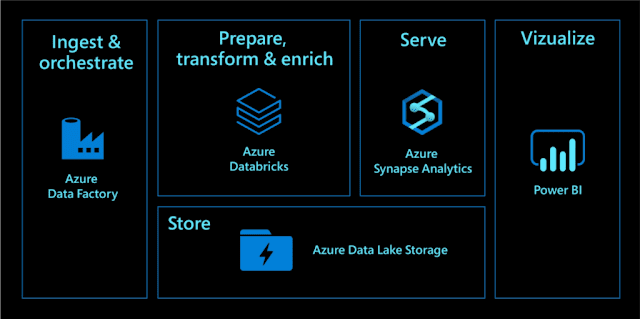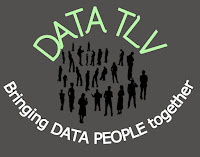What is Data Governance?

"What is Data Governance?", a curious kid asks, peeking above my shoulder into the laptop screen. He is 14 and frequently asks questions with no interest in knowing the answer. Just like many other people around me. "That's a great question", - the first thing you would say when you have no good strategy for how to approach the question. The second part is to think aloud. After a few minutes of gathering my thoughts: "consider the term "data" as a synonym of "useful information". We use the information to support decision-making and choosing strategy. Regardless of whether we are talking about a household or business, having a proper strategy ensures efficient business management and somewhat helps to forecast the future. Data Governance is a system that controls every aspect of the data lifecycle - the series of stages the data goes through, from being captured, stored and used, to data asset destruction. This system helps to ensure






